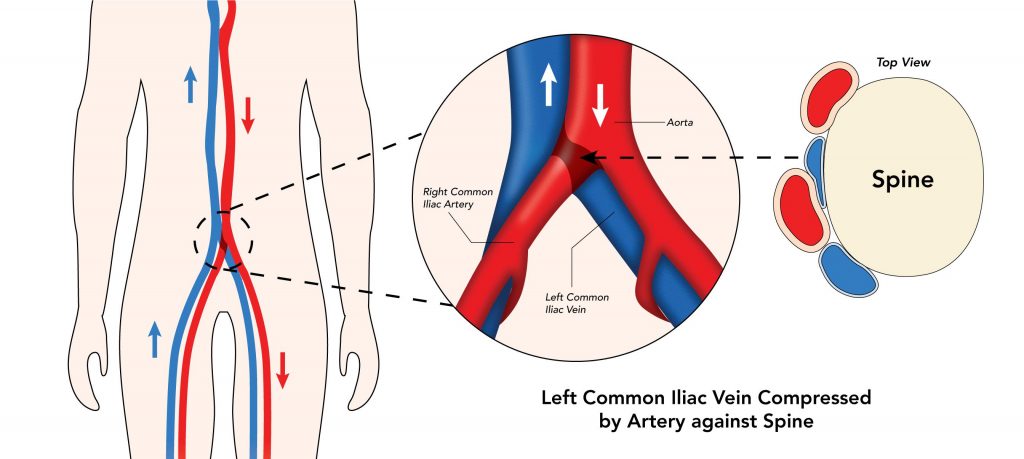As a vascular surgeon, I perform two very different types of surgery: Open Surgery and Endovascular Surgery.
- Open surgery is just as you might think! It involves making an incision with a scalpel and using various tools like forceps, scissors, electrocautery, and needle drivers to expose and then repair specific structures. Since the beginning of surgery itself, all surgeons, not just vascular surgeons, have been practicing open surgery.
- Endovascular surgery is a recent development that only began in the 1990s. Motivated by the desire to perform minimally invasive and less harmful interventions on the most sick and highest risk patients, pioneers in vascular surgery developed endovascular techniques.
Though the concept is simple, endovascular surgery now allows vascular surgeons to solve a multitude of problems with blood vessels very differently than they have in the past. Using advanced minimally invasive surgical techniques, vascular surgeons can treat many forms of vascular disease without the need to “cut-open” their patients to treat extraordinarily complex and in some cases life threatening diseases.
Endovascular surgical techniques utilize ultrasound (sound waves) to place the tip of a hollow needle into a blood vessel. Once these hollow needles have been placed through the needle, we place a very stiff wire that allows us to advance large tubes called catheters into the vessel. Catheters have many different functions depending on the situation and are used to re-establish blood flow in vessels that are diseased and or blocked.
For peripheral vascular disease, there are blockages in the legs of a patient that prevent blood flow from reaching the foot. For peripheral vascular disease we can use balloons on the end of the catheter that are inflated to open a blockage. If balloons do not work, then we can put a self-expanding metal mesh tube on the end of a catheter and then deploy it inside the blockage, thereby keeping it open. There is also a technology called atherectomy which literally means cutting out plaque. The atherectomy device has a cutting edge that sands down the plaque and then a suction function that removes all the debris.
For aneurysms, which are dilations of a blood vessel that can rupture, we use stent grafts, which are self-expanding metal mesh tubes that are lined with an impermeable fabric. We place the stent graft above and below the aneurysm, thereby sealing it from the pressure created by the heart and preventing rupture.
At the end of these endovascular cases, the patient only has one or two 1 mm in size punctures over the arteries that were accessed. Contrast this to the classic open surgeries where patients could have incisions up to 10 to 20 cm! As a contemporary vascular surgeon, I take pride and joy in being able to offer both types of surgical interventions to my patients. If you or your loved one may be suffering from vascular disease, please do not hesitate to call our office at 408-376-3626 to schedule an appointment today!
